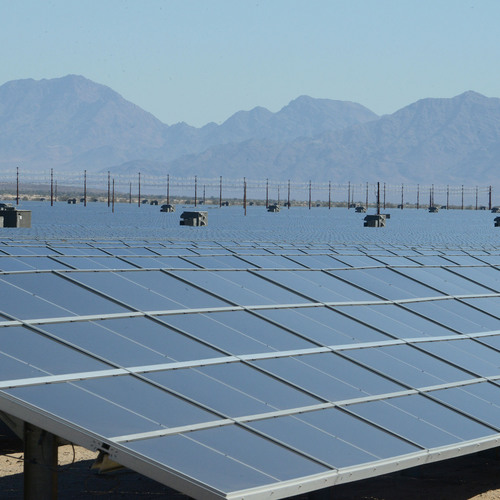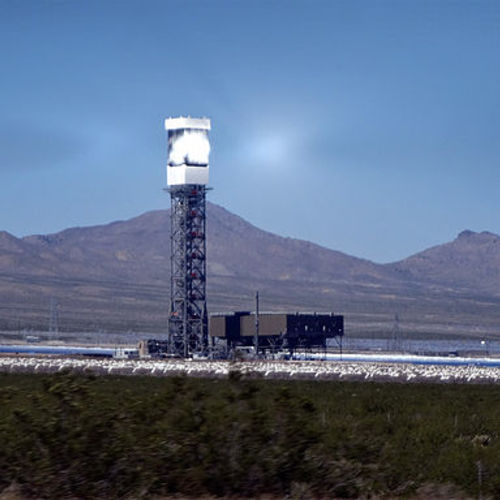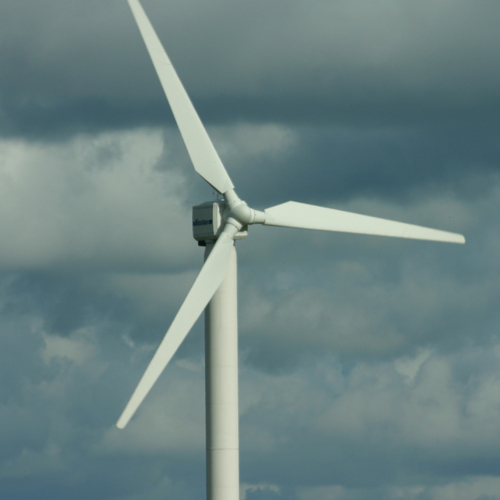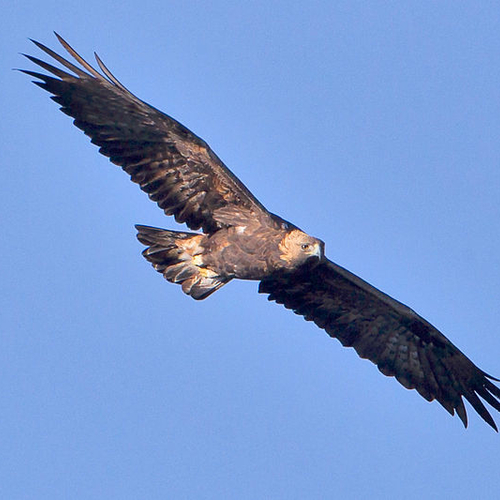
Image Credit: Clinton Steeds
Pacificorp, the Oregon-based operator of wind farms in three states, has gone to court to block the release of information on bird deaths at its facilities to The Associated Press.
The AP reports that the company is seeking an injunction that would prevent the U.S. Department the Interior from disclosing information about how many birds have been killed by its turbines.
Companies operating utility-scale wind farms are issued federal permits to collect the carcasses of protected bird species, including eagles, found dead at their facilities, the AP says. This data is passed along to the U.S. Fish and Wildlife Service, and it was with that agency that the AP filed a freedom of information request in March 2013.
The AP’s request was part of an investigation last year that disclosed that dozens of eagles had been killed at wind farms in Wyoming over the past five years, with dozens more deaths reportedly taking place in other western states. Twenty eagles were killed at Pacificorp farms in Wyoming in recent years, the AP says.
Separately, the Journal of Raptor Research said that wind farms have killed at least 67 golden and bald eagles in the past five years.
According to Pacificorp’s website, the company owns 13 wind farms in Wyoming, Oregon, and Washington and appears to manage a number of others.
Wind industry objects to disclosures
Although the AP managed to uncover information about bird fatalities, wind energy companies objected to its efforts to learn more. Wind farm operators argued that the information sought by the AP was confidential and had been submitted to the government voluntarily.
But last month, the AP says, the government told Pacificorp and others that their arguments weren’t convincing and that it planned to go ahead and release the information.
Pacificorp responded in mid-October with a lawsuit to block the release.
The American Wind Energy Association says that more than 1 billion birds are killed annually by collisions with buildings, high-tension power lines, communication towers, and cars as well as environmental toxins and domestic cats. Deaths due to collisions with turbines and turbine blades total less than 200,000 birds annually, or about 2.8 birds per megawatt of wind power.
“The number of birds that are impacted as a result of collisions with wind turbines will never be more than an extremely small fraction of human-related avian fatalities,” the association says at its website.
Weekly Newsletter
Get building science and energy efficiency advice, plus special offers, in your inbox.















3 Comments
Get off the "cats kill more birds" line already!
It's a total red herring!
Yes, cats kill more song birds than wind turbines ever will. But songbirds are not raptors.
But in the cats vs. RAPTORS game it's advantage-raptors!
If there is a documented case of a felix domesticus killing a hawk, falcon, or eagle, I'd love do see that documentation!
To simply dismiss raptor kill-rates by talking about songbird deaths is to prevaricate rather than addressing with some intelligence.
The kill rate is real, but in most places it doesn't apply excessive population pressure on these top-of-the-food-chain avian species. The math is still on the side of wind power, but please, spare us the stupid cat argument, and make the real case.
Raptors
Dana makes a good point that some species have greater ecological importance than others. Still I'd like to confess that even my modest home has a kill rate of at least half a dozen songbirds annually. Found one carcass just yesterday under a pile of leaves outside a glass door.
The Audubon Society is in favor of wind (when properly sited)
http://policy.audubon.org/wind-power-overview-0
Though raptor deaths are an unfortunate consequence of wind power, it's still does less bird population damage than fossil burners, unless you do something egregious, like ripping up nesting areas to install wind turbines.
Log in or create an account to post a comment.
Sign up Log in